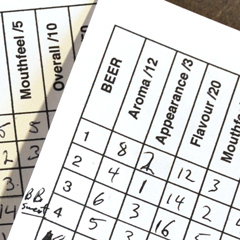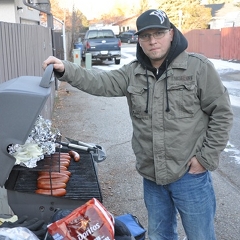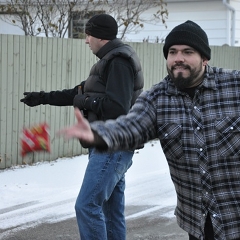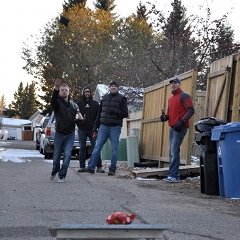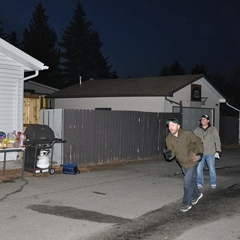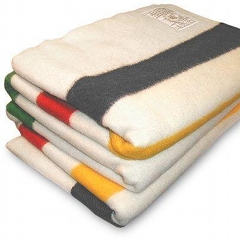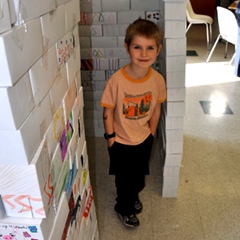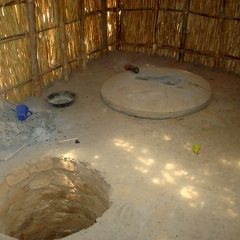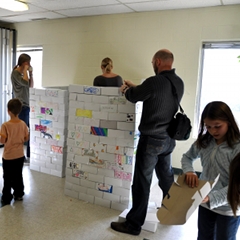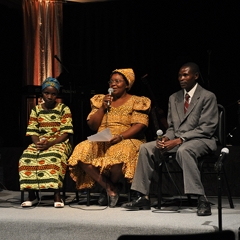Co-housing requires consensus, patience and coloured cards
BY SHEILA PRATT, EDMONTONJOURNAL.COM
NOVEMBER 27, 2011
EDMONTON —When it comes to making group decisions, Zaak Robichaud faced the ultimate challenge — how to get more than a dozen families together to come up with house plans they all liked for a new co-housing project in Calgary.
It helps, says Robichaud, to use consensus cards. At monthly meetings, everyone gets red, green and yellow cards to signal their views. If someone drops a yellow card, that means they have reservations. The issue has be to talked through.
“You can’t just object and walk away, you are obliged to come and help work it out,” Robichaud says.
It works, he says. But you have to be patient.
After two years, the Dragonfly group recently bought a piece of land in central Calgary near Bridgeland, the architectural design is underway and construction will start next year, he says.
That puts them two years away from moving in, so people have to be patient to get into co-housing, says Robichaud.
In this ambitious, $12-million co-housing project with 36 units, the average cost of a condo is $340,000. That will vary with the size of the unit, from one to four bedrooms.
There is an element of risk in co-housing, given that it takes four to five years from start to finish. The longer you carry the land, the more expensive it can be.
On the other hand, acting as their own developer, the group avoids the cost of a middleman, he says. And the risk diminishes as more units are sold.
When half the 36 units were sold, the group had the money to buy land and get design underway.
Robichaud is confident the complex will sell out, since plenty of people are interested in this new model of housing that combines the autonomy of private ownership with some shared space for socializing.
The group decided it wanted a large common space — 5,000 square feet.
So far, families with a total of 15 kids under seven are signed up, along with some seniors, teachers, doctors and professional people.
The group decisions are endless — one big structure or four separate fourplexes? How many elevators, how big a common room, how much energy efficiency?
But all the work is worth it, says Robichaud, who lives with his wife and two children in Calgary’s northwest suburbs.
“Out here the only thing in walking distance is a 7-Eleven convenience store and an Esso gas station. With two small children, we really feel isolated.” Living in co-housing will change all that.
“In co-housing nobody every pays for babysitting,” he says. “We look after each other.”





